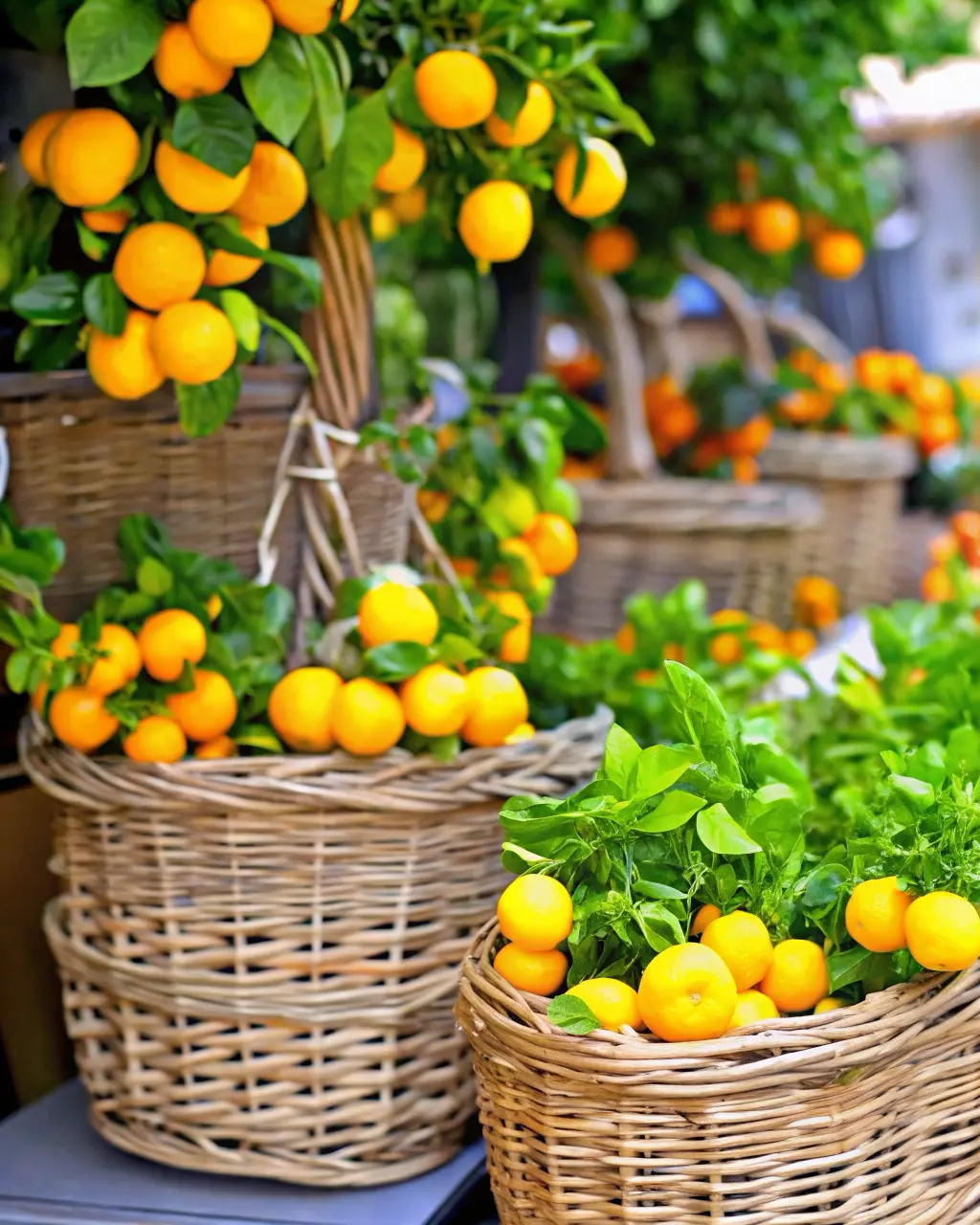Ornamental fruit trees represent one of landscaping‘s best-kept secrets, offering far more than just seasonal harvests. These versatile plants provide spectacular spring blossoms, attractive summer foliage, colorful autumn displays, and interesting winter silhouettes, making them perfect examples of year-round interest trees. The concept of edible landscaping has evolved significantly, with modern gardeners recognizing that fruit trees can serve as stunning focal points while providing fresh, homegrown produce.
Table of Contents
Beyond the Harvest – Ornamental Value of Fruit Trees
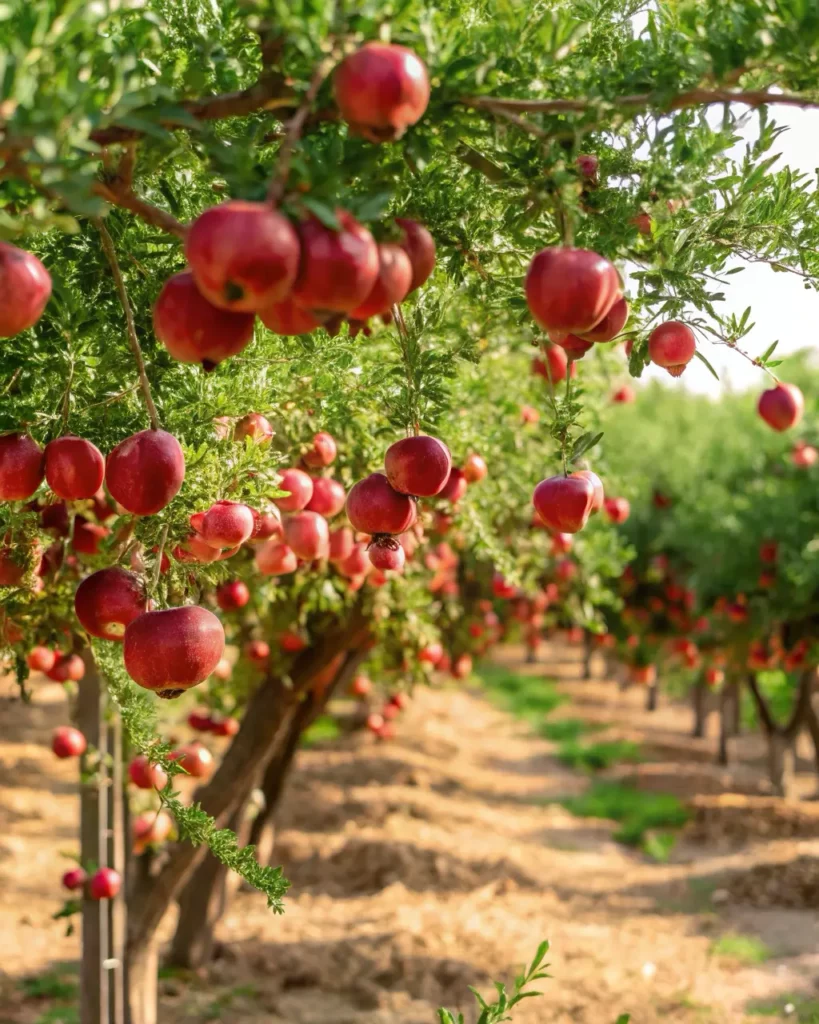
The beauty of incorporating fruit trees into landscape design lies in their multi-functional nature. Unlike purely ornamental trees that offer limited seasonal interest, fruit trees provide something special in every season. Spring brings breathtaking flower displays that rival any ornamental flowering tree, summer offers lush foliage and developing fruit, fall showcases brilliant leaf colors and harvest abundance, while winter reveals attractive branching patterns and architectural form.
Today’s fruit trees for small yards have been specifically developed to fit modern landscape needs, with dwarf varieties and specialized training methods making it possible to grow productive fruit trees in surprisingly compact spaces. This accessibility has made edible landscaping practical for suburban homeowners and urban gardeners alike.
Fruit Trees for More Than Just Food
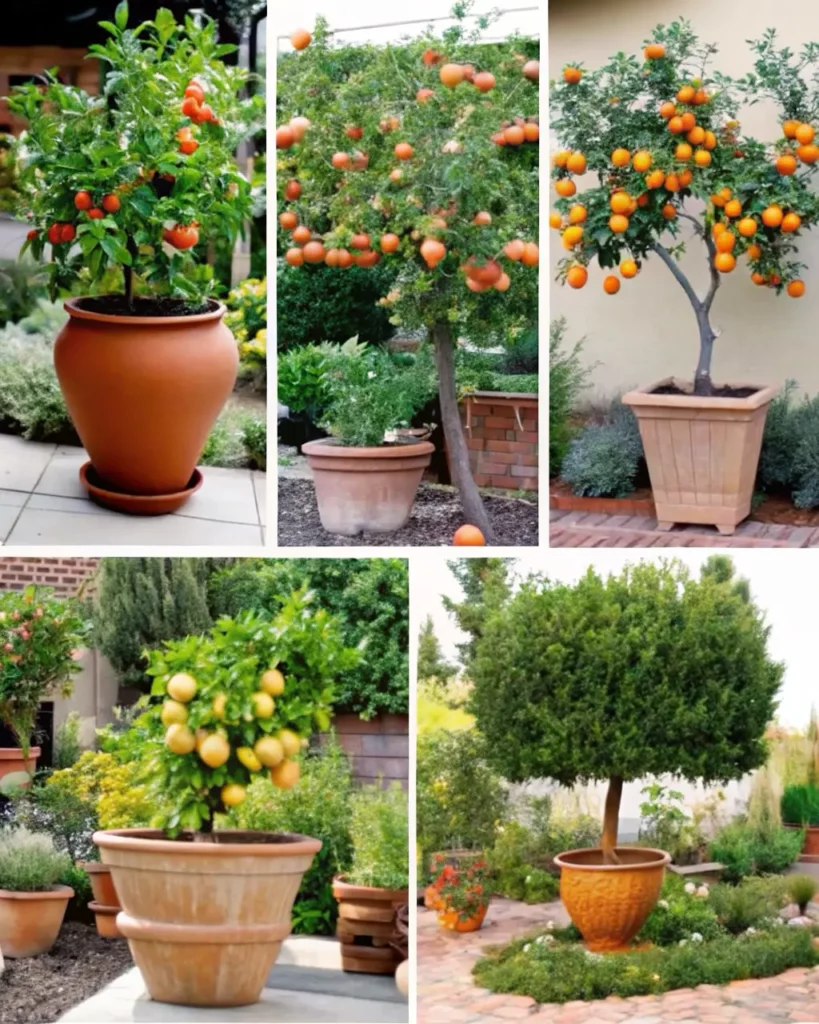
Modern ornamental fruit trees have been selected and bred not only for fruit production but also for exceptional landscape value. These trees offer the unique advantage of providing both aesthetic beauty and practical harvests, making them excellent investments for homeowners seeking maximum value from their landscape plants.
The flowering displays of fruit trees often surpass those of purely ornamental species. Apple blossoms create clouds of pink and white flowers in spring, while cherry trees produce spectacular displays that have inspired centuries of artistic celebration. Pear trees offer delicate white flowers, and citrus trees provide fragrant blooms that can occur multiple times throughout the year in suitable climates.
Foliage characteristics of fruit trees contribute significantly to their landscape value. Many species develop excellent fall color, with apple trees turning yellow to orange, pear trees displaying brilliant reds and oranges, and cherry trees producing spectacular scarlet autumn displays. This seasonal color change adds valuable fall interest to landscapes when many other plants are beginning their dormant period.
The architectural qualities of fruit trees become particularly apparent during winter months when their branching patterns are fully visible. Proper pruning enhances these structural elements, creating living sculptures that provide interest even during the dormant season.
Visual Appeal Across All Four Seasons
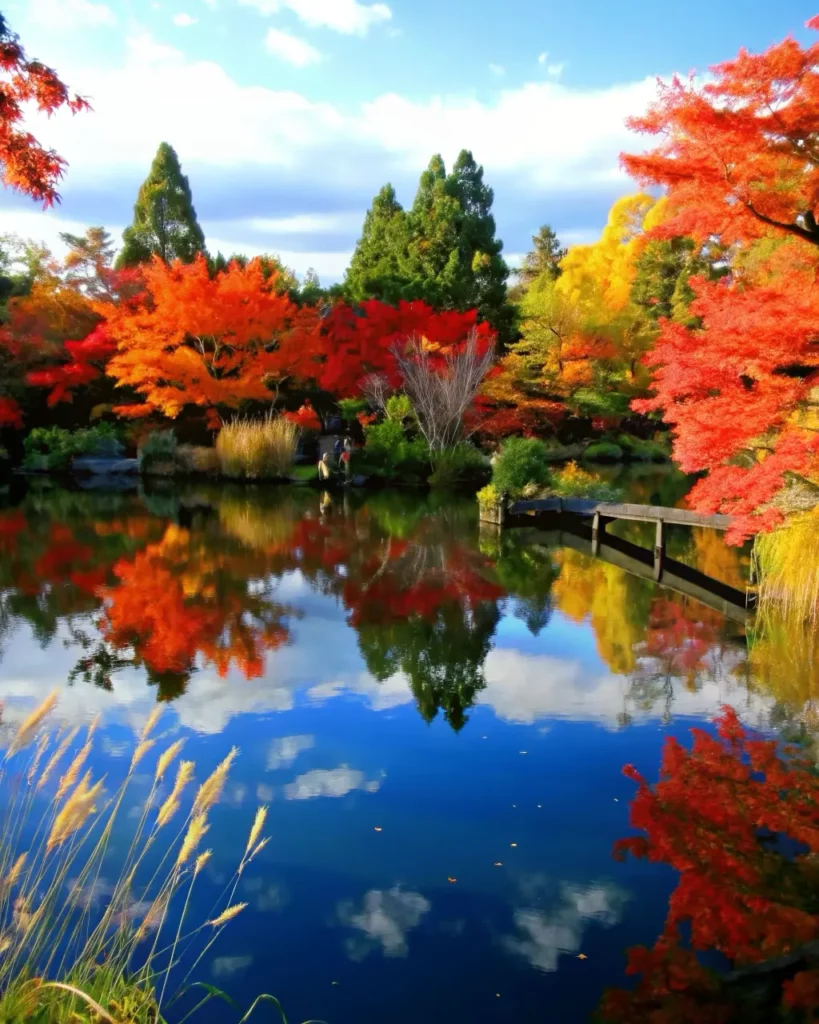
Understanding the seasonal progression of ornamental fruit trees helps gardeners maximize their landscape impact throughout the year. Each season brings distinct characteristics that contribute to the trees’ overall value as year-round interest trees.
Spring represents the most spectacular season for most fruit trees, when abundant flower displays create stunning focal points in the landscape. The timing of these displays varies by species, allowing gardeners to create extended blooming periods by selecting varieties that flower at different times. Early-blooming apricots and almonds can be followed by apples, pears, and cherries for weeks of continuous spring beauty.
Summer showcases the trees’ foliage and developing fruit, providing lush green backdrops for other garden plants while offering the excitement of watching fruit develop and ripen. The foliage of healthy fruit trees creates dense, attractive canopies that provide valuable shade and cooling effects in the landscape.
Fall brings the dual rewards of harvest time and spectacular leaf colors. The satisfaction of harvesting homegrown fruit combines with the visual pleasure of autumn foliage displays, making fall perhaps the most rewarding season for edible landscaping enthusiasts.
Winter reveals the structural beauty of well-maintained fruit trees, with their carefully pruned branches creating attractive silhouettes against winter skies. Persistent fruit on some varieties can provide additional winter interest and valuable food sources for wildlife.
Best Ornamental Fruit Trees for Landscape Use
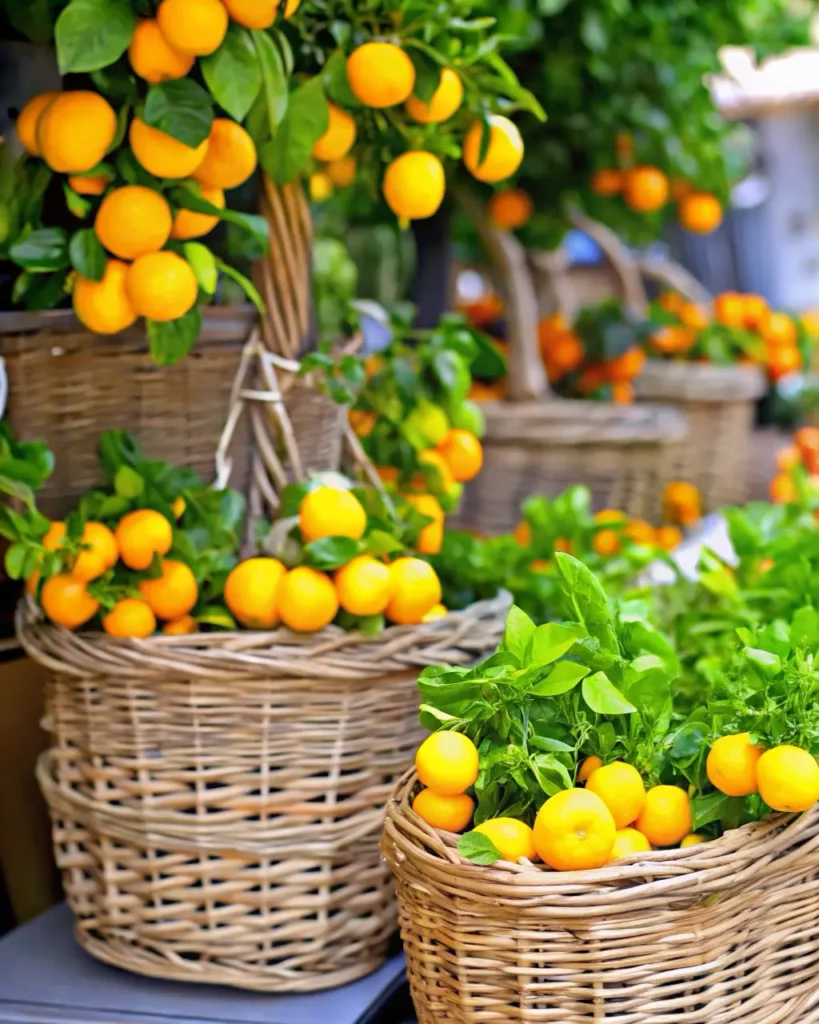
Espalier Apple Trees (Malus domestica) represent the ultimate combination of space efficiency and ornamental value. This ancient training technique involves growing apple trees in flat, two-dimensional forms against walls, fences, or freestanding supports. Espalier apples produce abundant spring flowers, provide summer shade, offer fall harvests, and create stunning winter architectural elements. Popular varieties for espalier include ‘Honeycrisp,’ ‘Gala,’ and ‘Fuji,’ which combine excellent fruit quality with good disease resistance. The formal geometry of espalier training makes these trees excellent for contemporary landscape designs.
Ornamental Pear Trees (Pyrus calleryana and P. communis) offer exceptional four-season beauty with spring flowers, summer foliage, fall color, and winter form. While Callery pears like ‘Bradford’ have fallen from favor due to invasive tendencies, European pear varieties bred for ornamental use provide similar beauty without ecological concerns. ‘Chanticleer’ and ‘Capital’ pears offer narrow, upright forms perfect for small spaces, while producing white spring flowers and excellent fall color ranging from yellow to deep red.
Dwarf Cherry Trees (Prunus species) provide spectacular spring flowering displays and valuable fruit production in compact forms suitable for small yards. Sour cherries like ‘Montmorency’ and ‘North Star’ offer exceptional cold hardiness and self-pollination, while sweet cherries like dwarf ‘Stella’ and ‘Compact Lambert’ provide larger, sweeter fruit. Cherry trees are renowned for their spring flower displays, which can completely cover the tree in white or pink blooms before leaves emerge.
Dwarf Citrus Trees (Citrus species) excel in containers and provide year-round interest in suitable climates. Meyer lemons (Citrus × meyeri) produce fragrant flowers and fruit simultaneously, creating unique landscape interest. Kumquats (Fortunella species) offer small, ornamental fruit that persists through winter, while blood oranges provide colorful fruit and fragrant flowers. In colder climates, these trees can be grown in containers and moved indoors for winter protection.
Crabapple Trees (Malus species) bridge the gap between purely ornamental and edible fruit trees. Modern disease-resistant varieties like ‘Prairifire,’ ‘Sugar Tyme,’ and ‘Indian Magic’ provide spectacular spring flowers, attractive small fruit, and excellent disease resistance. The persistent fruit provides winter interest and valuable wildlife food, while spring flowering displays rival any ornamental tree.
Growing Fruit Trees in Containers and Small Yards

Container growing expands the possibilities for incorporating fruit trees into small spaces and challenging growing conditions. Dwarf rootstocks have made it possible to grow full-sized fruit varieties in containers, opening up opportunities for apartment dwellers and homeowners with limited yard space to enjoy homegrown fruit.
Selecting appropriate containers is crucial for successful fruit tree container growing. Containers should be at least 20-24 inches in diameter and depth for dwarf trees, with excellent drainage holes to prevent waterlogging. Half-barrels, large ceramic pots, or purpose-built fruit tree containers work well for long-term growing.
Soil selection for container fruit trees requires well-draining potting mixes that provide good aeration and moisture retention. Commercial fruit tree potting mixes or high-quality container mixes amended with compost provide ideal growing conditions. Avoid using garden soil in containers, as it typically drains poorly and can harbor diseases.
Placement considerations for container fruit trees include ensuring adequate sunlight, protection from extreme weather, and accessibility for maintenance and harvesting. Most fruit trees require at least 6-8 hours of direct sunlight daily for optimal flowering and fruit production.
Winter protection for container fruit trees in cold climates may involve moving containers to protected locations, wrapping containers with insulation, or providing supplemental heat during extreme cold periods. This mobility allows gardeners in colder regions to grow marginally hardy fruit varieties.
Fertilizing, Pruning, and Pest Control
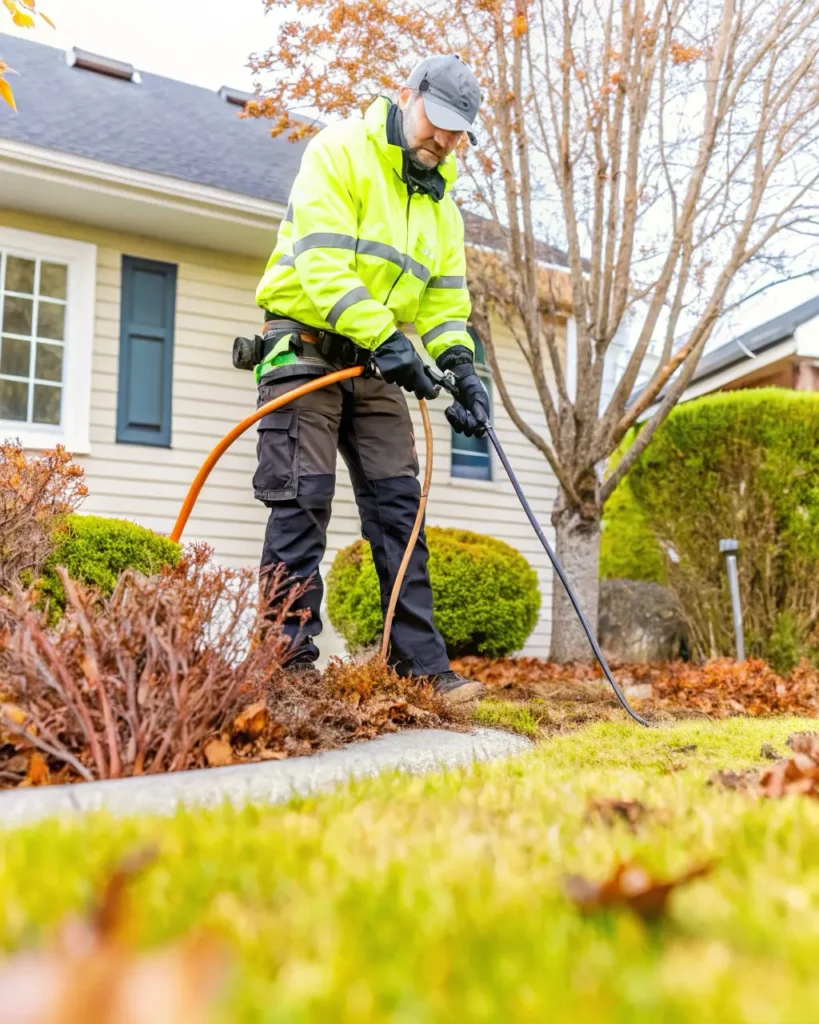
Proper fertilization supports both ornamental value and fruit production in landscape fruit trees. Young trees benefit from balanced fertilizers that promote healthy growth, while established trees may require different nutrient ratios to optimize flowering and fruiting. Organic fertilizers like compost, aged manure, or fish emulsion provide slow-release nutrition that supports long-term tree health.
Timing fertilizer applications to coincide with active growth periods maximizes effectiveness while minimizing environmental impact. Early spring applications before bud break support flower and leaf development, while mid-summer feeding can support fruit development and tree vigor.
Pruning fruit trees serves multiple purposes: maintaining size, improving air circulation, enhancing ornamental form, and optimizing fruit production. Winter pruning during dormancy allows for structural shaping and removal of diseased or damaged wood. Summer pruning can control vigorous growth and improve light penetration for better fruit development.
Understanding the pruning requirements of different fruit tree types helps maintain both ornamental and productive characteristics. Stone fruits like cherries and plums require different pruning approaches than pome fruits like apples and pears, while citrus trees have their own specific needs.
Pest control for ornamental fruit trees requires integrated approaches that protect both tree health and fruit quality. Regular monitoring for common pests like aphids, scale insects, and fruit-specific pests allows for early intervention when problems are most manageable.
Disease prevention through proper cultural practices often proves more effective than reactive treatments. Ensuring good air circulation, avoiding overhead watering, and maintaining clean garden practices reduces disease pressure significantly.
Designing with Ornamental Fruit Trees
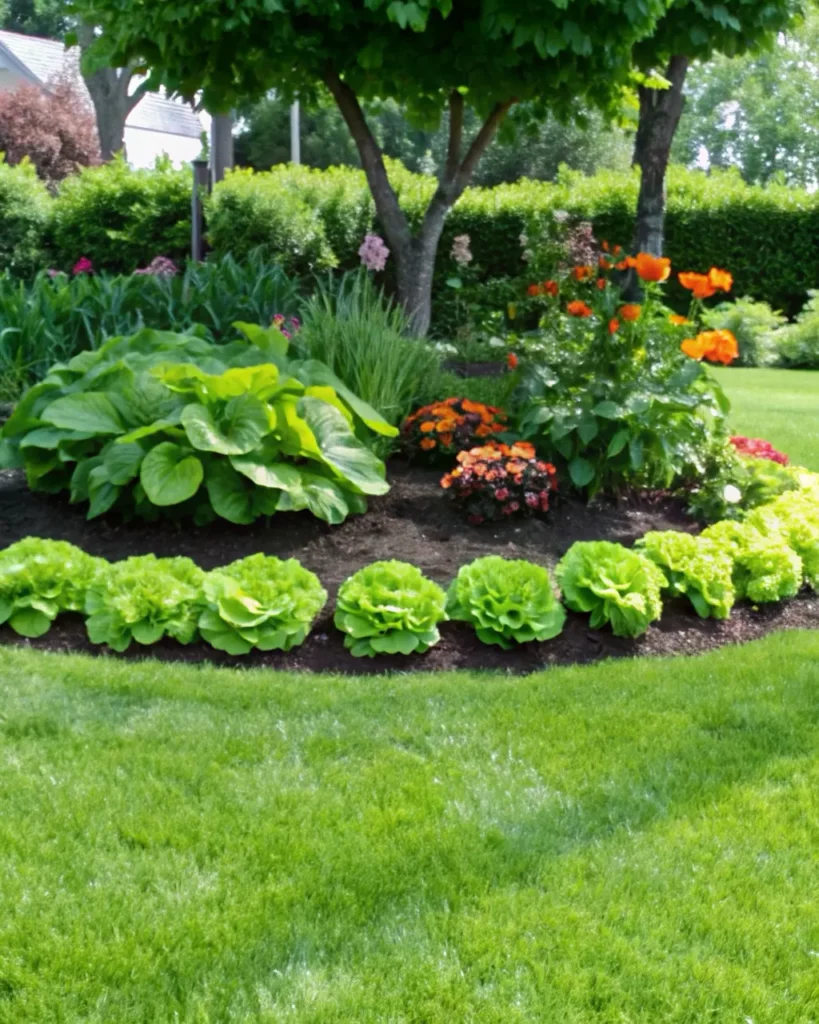
Strategic placement of ornamental fruit trees maximizes their landscape impact while ensuring optimal growing conditions. These trees work well as specimen plants, where their seasonal changes can be fully appreciated, or as part of mixed plantings that provide extended interest.
Foundation plantings benefit from the multi-seasonal interest of ornamental fruit trees, particularly dwarf varieties that won’t overwhelm building proportions. The spring flowering displays create spectacular seasonal focal points, while the compact size maintains appropriate scale.
Mixed borders and edible landscape designs can incorporate fruit trees as anchor plants that provide structure and height variation. Underplanting with complementary perennials, herbs, or vegetables creates productive and beautiful combinations.
Property line plantings using fruit trees can provide privacy screening while producing food and ornamental interest. Espalier techniques work particularly well for narrow spaces along fences or property boundaries.
Seasonal Care Calendar
Spring care focuses on assessing winter damage, applying fertilizer, and beginning pest monitoring programs. This is also the ideal time for major pruning and planting new fruit trees. Spring flowering provides opportunities to evaluate pollination success and plan for fruit thinning if needed.
Summer maintenance emphasizes watering, especially for container plants, monitoring for pest issues, and beginning fruit harvest for early varieties. Summer pruning may be necessary to control vigorous growth and improve light penetration.
Fall activities include harvesting remaining fruit, applying organic mulches, and beginning preparations for winter protection. Fall is also an excellent time for planting new fruit trees, as autumn conditions support root establishment before winter dormancy.
Winter care involves protecting trees from harsh weather, planning next year’s pruning and management strategies, and evaluating the success of the current year’s ornamental and productive performance.
Conclusion: Maximizing Landscape Value with Edible Beauty

Ornamental fruit trees represent one of the smartest investments in landscape design, providing unmatched value through their combination of aesthetic beauty and practical harvest potential. These versatile plants prove that functional landscaping doesn’t require sacrificing visual appeal, offering something special in every season while contributing to sustainable, productive gardens.
The key to success with ornamental fruit trees lies in selecting appropriate varieties for your specific conditions and understanding their dual nature as both landscape plants and food producers. By embracing edible landscaping principles and choosing fruit trees that provide year-round interest, you create gardens that are both beautiful and bountiful throughout the entire year.

